Innovation and development strategy of interactive entertainment industry driven by artificial intelligence
DOI: 10.23977/jaip.2024.070322 | Downloads: 30 | Views: 1060
Author(s)
Stanley Chen 1
Affiliation(s)
1 Shanghai International Theme Park and Resort Management Company Limited, Shanghai, 201205, China
Corresponding Author
Stanley ChenABSTRACT
This paper discusses the transformation and development of interactive entertainment industry driven by artificial intelligence. With the rapid development of artificial intelligence technology, it plays an increasingly important role in various fields of interactive entertainment industry. In the game industry, AI has realized the intellectualization of game characters and personalized game experience, and improved the level of game production and player satisfaction. In the film and television industry, AI has brought automated editing and special effects synthesis, as well as virtual character and scene generation, bringing a new visual experience to the audience. In the music industry, AI has shown great potential in music creation, recommendation and performance. However, AI has also brought a series of challenges to the interactive entertainment industry, such as the difficulty of understanding 3D environment and Chinese semantic processing in technical problems. In response to these challenges, some coping strategies are proposed, such as improving the accuracy of the model and strengthening the cooperation between human and AI. In short, AI has brought profound changes to the interactive entertainment industry. In the future, we should continue to explore its development direction in order to achieve continuous innovation and progress in the industry.
KEYWORDS
Artificial intelligence; Interactive entertainment industry; Game industry; Film and television industry; Music industryCITE THIS PAPER
Stanley Chen, Innovation and development strategy of interactive entertainment industry driven by artificial intelligence. Journal of Artificial Intelligence Practice (2024) Vol. 7: 179-185. DOI: http://dx.doi.org/10.23977/jaip.2024.070322.
REFERENCES
[1] Mateas, M., & Stern, A. (2005). Structuring content in the Faade interactive drama architecture. Aaai Conference on Artificial Intelligence & Interactive Digital Entertainment. AAAI Press.
[2] Amanr, R. S., & Young, R. M. (2001). Links: artificial intelligence and interactive entertainment. Journal of applied microbiology.
[3] Symposium, A. S., Laird, J., & Lent, M. V. (2001). Artificial intelligence and interactive entertainment: papers from the 2001 AAAI Symposium, March 26-28, Stanford, California. AAAI Press.
[4] Yannakakis, Georgios, N., Hallam, & John. (2007). The artificial intelligence and interactive digital entertainment (aiide 2007) workshop on optimizing player satisfaction. Ai Magazine.
[5] Gita, Sukthankar, Ian, & Horswill. (2014). The ninth annual aaai conference on artificial intelligence and interactive digital entertainment (aiide): a report. Ai Magazine Artificial Intelligence.
| Downloads: | 16045 |
|---|---|
| Visits: | 553329 |
Sponsors, Associates, and Links
-
Power Systems Computation
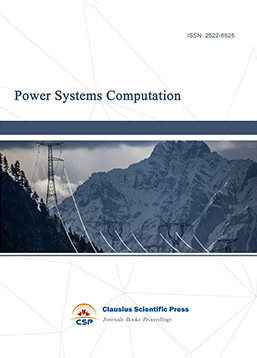
-
Internet of Things (IoT) and Engineering Applications
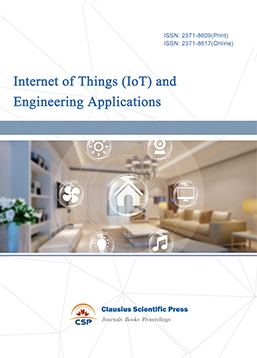
-
Computing, Performance and Communication Systems
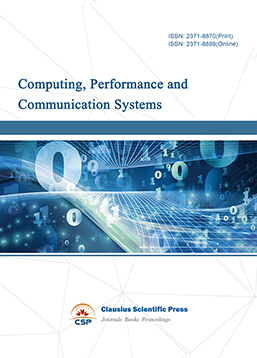
-
Advances in Computer, Signals and Systems

-
Journal of Network Computing and Applications
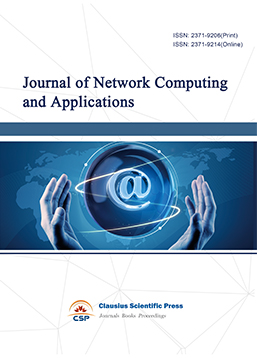
-
Journal of Web Systems and Applications
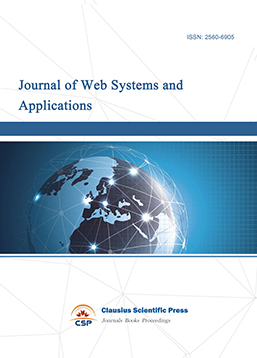
-
Journal of Electrotechnology, Electrical Engineering and Management
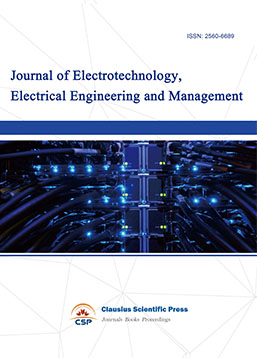
-
Journal of Wireless Sensors and Sensor Networks

-
Journal of Image Processing Theory and Applications

-
Mobile Computing and Networking

-
Vehicle Power and Propulsion

-
Frontiers in Computer Vision and Pattern Recognition
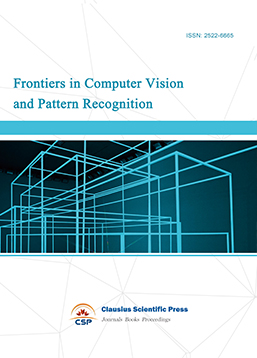
-
Knowledge Discovery and Data Mining Letters
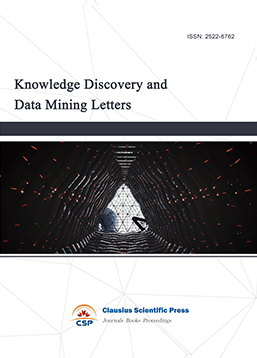
-
Big Data Analysis and Cloud Computing
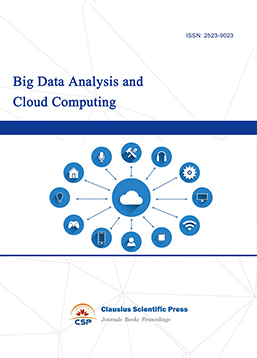
-
Electrical Insulation and Dielectrics

-
Crypto and Information Security
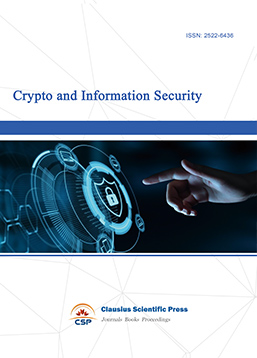
-
Journal of Neural Information Processing
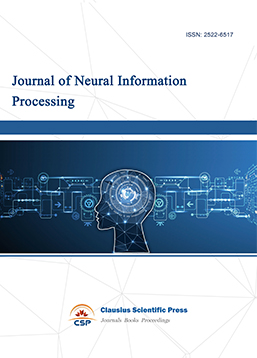
-
Collaborative and Social Computing

-
International Journal of Network and Communication Technology
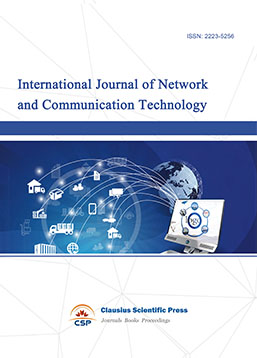
-
File and Storage Technologies

-
Frontiers in Genetic and Evolutionary Computation
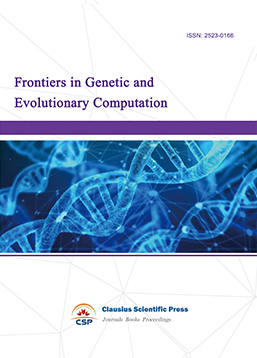
-
Optical Network Design and Modeling
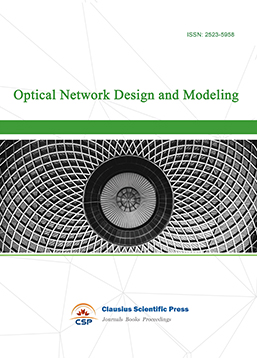
-
Journal of Virtual Reality and Artificial Intelligence
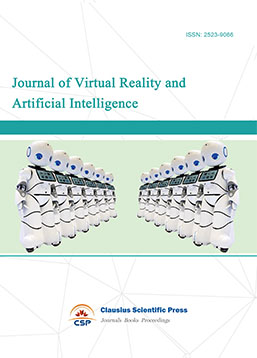
-
Natural Language Processing and Speech Recognition
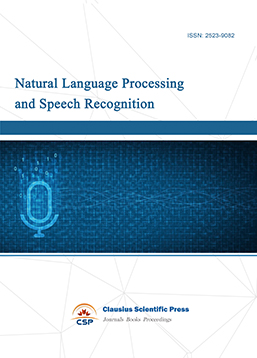
-
Journal of High-Voltage

-
Programming Languages and Operating Systems
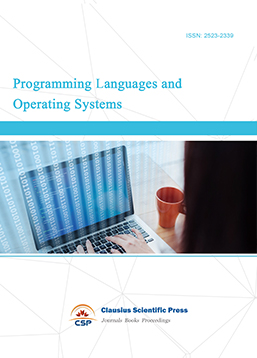
-
Visual Communications and Image Processing

-
Journal of Systems Analysis and Integration
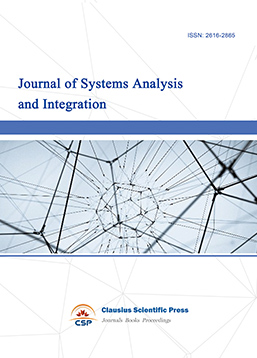
-
Knowledge Representation and Automated Reasoning
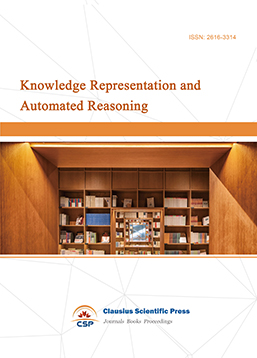
-
Review of Information Display Techniques
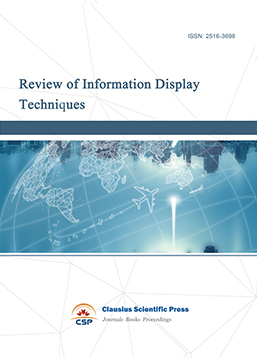
-
Data and Knowledge Engineering
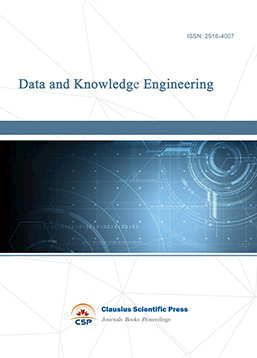
-
Journal of Database Systems
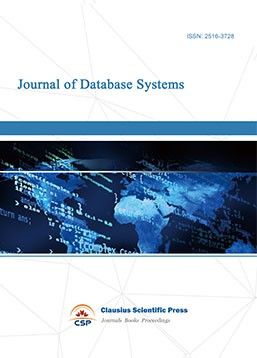
-
Journal of Cluster and Grid Computing

-
Cloud and Service-Oriented Computing
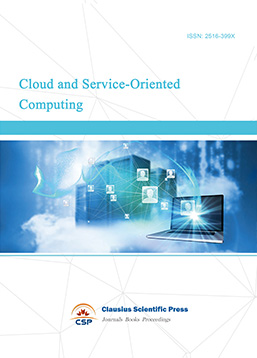
-
Journal of Networking, Architecture and Storage
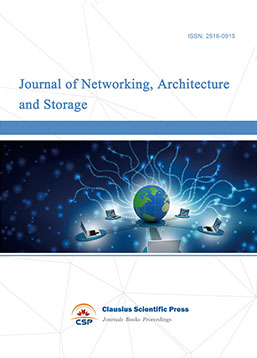
-
Journal of Software Engineering and Metrics
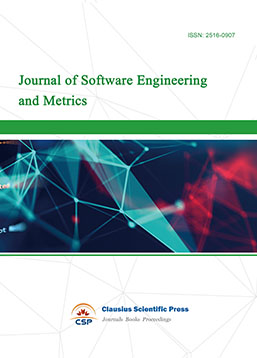
-
Visualization Techniques

-
Journal of Parallel and Distributed Processing
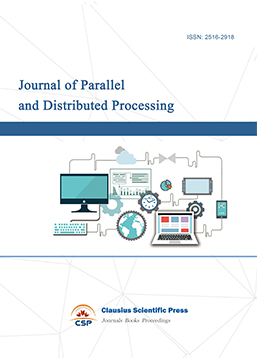
-
Journal of Modeling, Analysis and Simulation
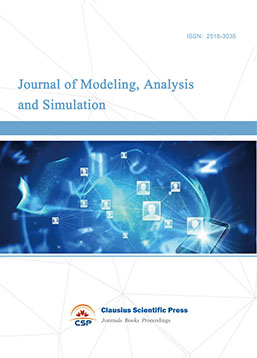
-
Journal of Privacy, Trust and Security

-
Journal of Cognitive Informatics and Cognitive Computing
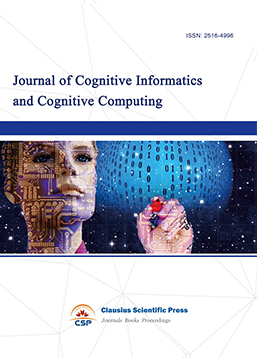
-
Lecture Notes on Wireless Networks and Communications

-
International Journal of Computer and Communications Security
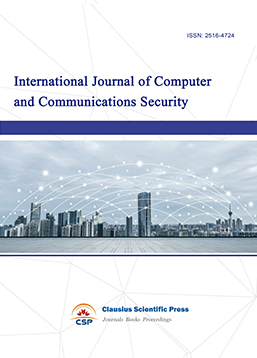
-
Journal of Multimedia Techniques

-
Automation and Machine Learning
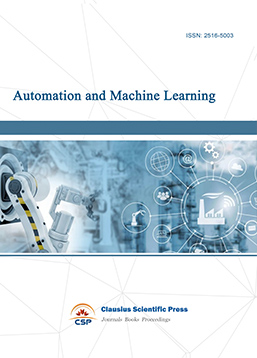
-
Computational Linguistics Letters
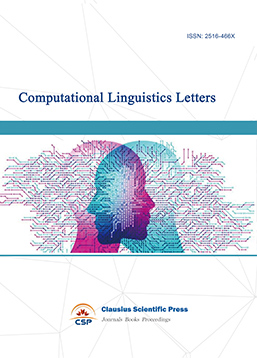
-
Journal of Computer Architecture and Design
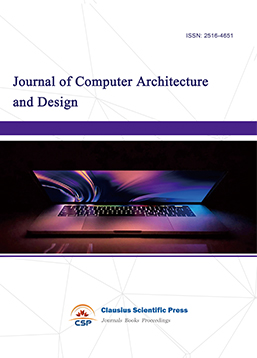
-
Journal of Ubiquitous and Future Networks


 Download as PDF
Download as PDF